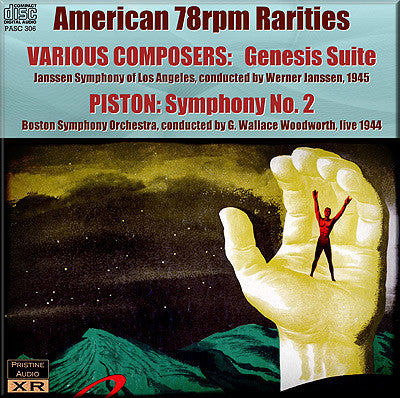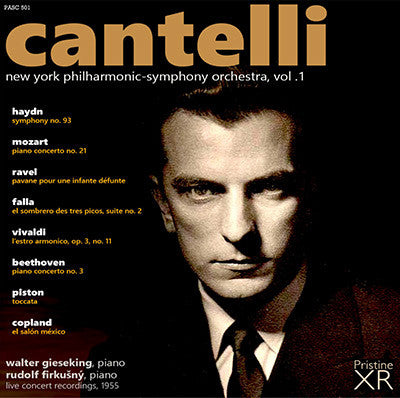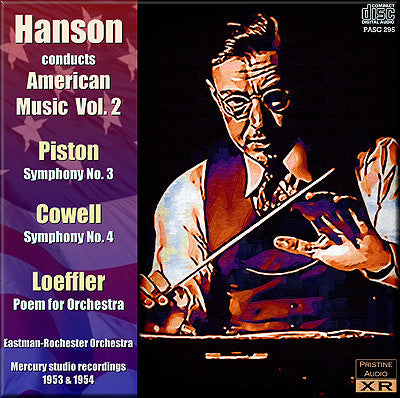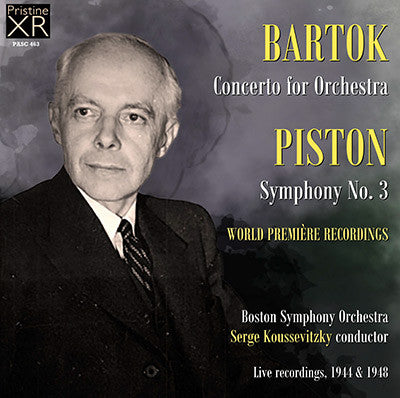Piston
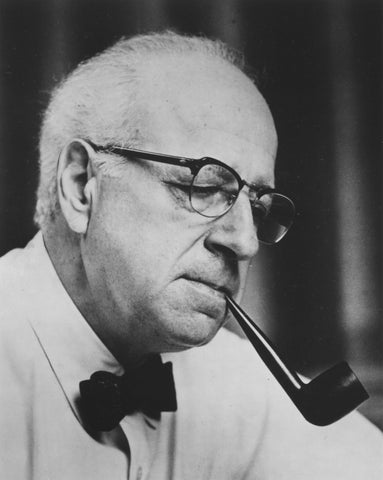
Walter Hamor Piston Jr, (January 20, 1894 – November 12, 1976), was an American composer of classical music, music theorist, and professor of music at Harvard University. His students included Leroy Anderson, Leonard Bernstein and Elliott Carter.
Piston was admitted to Harvard College in 1920, where he studied counterpoint with Archibald Davison, canon and fugue with Clifford Heilman, advanced harmony with Edward Ballantine, and composition and music history with Edward Burlingame Hill. He often worked as an assistant for various music professors there, and conducted the student orchestra.
In 1920, Piston married artist Kathryn Nason (1892–1976), who had been a fellow student at the Normal Art School. The marriage lasted until her death in February 1976, a few months before his own.
On graduating summa cum laude from Harvard, Piston was awarded a John Knowles Paine Traveling Fellowship. He chose to go to Paris, living there from 1924 to 1926. At the Ecole Nationale de Musique in Paris, he studied composition and counterpoint with Nadia Boulanger, composition with Paul Dukas and violin with George Enescu. His Three Pieces for Flute, Clarinet and Bassoon of 1925 was his first published score.
He taught at Harvard from 1926 until his retirement in 1960. His students include Samuel Adler, Leroy Anderson, Arthur Berger, Leonard Bernstein, Gordon Binkerd, Elliott Carter, John Davison, Irving Fine, John Harbison, Karl Kohn, Ellis B. Kohs, Gail Kubik, Billy Jim Layton, Noël Lee, Robert Middleton, Robert Moevs, Conlon Nancarrow, William P. Perry, Daniel Pinkham, Frederic Rzewski, Allen Sapp, Harold Shapero and Claudio Spies.
In 1936, the Columbia Broadcasting System commissioned six American composers (Aaron Copland, Louis Gruenberg, Howard Hanson, Roy Harris, William Grant Still and Piston) to write works for broadcast on CBS radio.[citation needed] The following year, Piston wrote his Symphony No. 1 and conducted its premiere with the Boston Symphony Orchestra on April 8, 1938.
Piston's only dance work, The Incredible Flutist, was written for the Boston Pops Orchestra, which premiered it with Arthur Fiedler conducting on May 30, 1938. The dancers were Hans Weiner and his company. Soon after, Piston arranged a concert suite including "a selection of the best parts of the ballet." This version was premiered by Fritz Reiner and the Pittsburgh Symphony Orchestra on November 22, 1940. Leonard Slatkin and the Saint Louis Symphony Orchestra included the suite in a 1991 RCA Victor CD recording that also featured Piston's Three New England Sketches and Symphony No. 6.
Piston studied the twelve-tone technique of Arnold Schoenberg and wrote works using aspects of it as early as the Sonata for Flute and Piano (1930) and the First Symphony (1937). His first fully twelve-tone work was the Chromatic Study on the Name of Bach for organ (1940), which nonetheless retains a vague feeling of key. Although he employed twelve-tone elements sporadically throughout his career, these become much more pervasive in the Eighth Symphony (1965) and many of the works following it: the Variations for Cello and Orchestra (1966), Clarinet Concerto (1967), Ricercare for Orchestra, Fantasy for Violin and Orchestra (1970), and Flute Concerto (1971).
In 1943, the Alice M. Ditson fund of Columbia University commissioned Piston's Symphony No. 2, which was premiered by the National Symphony Orchestra on March 5, 1944 and was awarded a prize by the New York Music Critics' Circle. His next symphony, the Third, earned a Pulitzer Prize, as did his Symphony No. 7. His Viola Concerto and String Quartet No. 5 also later received Critics' Circle awards.
Piston wrote four books on the technical aspects of music theory which are considered to be classics in their respective fields: Principles of Harmonic Analysis, Counterpoint, Orchestration, and Harmony. The last of these went through four editions in the author's lifetime, was translated into several languages, and (with changes and additions by Mark DeVoto) was still regarded as recently as 2009 as a standard harmony text.
He died at his home in Belmont, Massachusetts on November 12, 1976.

Piston
Walter Hamor Piston Jr, (January 20, 1894 – November 12, 1976), was an American composer of classical music, music theorist, and professor of music at Harvard University. His students included Leroy Anderson, Leonard Bernstein and Elliott Carter.
Piston was admitted to Harvard College in 1920, where he studied counterpoint with Archibald Davison, canon and fugue with Clifford Heilman, advanced harmony with Edward Ballantine, and com...
PISTON Symphony No. 2
Recorded in 1945/6 & 1944
Total duration: 75:32
Janssen Symphony of Los Angeles
Werner Janssen, conductor
Boston Symphony Orchestra
G. Wallace Woodworth, conductor
HAYDN Symphony No. 93
MOZART Piano Concerto No. 21
RAVEL Pavane pour une infante défunte
FALLA El Sombrero des Tres Picos, Suite No. 2
VIVALDI L'Estro Armonico: Concerto Grosso No. 11
BEETHOVEN Piano Concerto No. 3
PISTON Toccata
COPLAND El Salón México
Recorded in 1955
Total duration: 2hr 26:56
Walter Gieseking, piano
Rudolf Firkušný, piano
New York Philharmonic-Symphony Orchestra
Conducted by Guido Cantelli
COWELL Symphony No. 4
LOEFFLER Poem for Orchestra
Recorded in 1953 & 1954
Total duration: 70:33
Howard Hanson, conductor
PISTON Symphony No. 3
Live recordings, 1944 & 1948
Total duration: 67:34
Boston Symphony Orchestra

